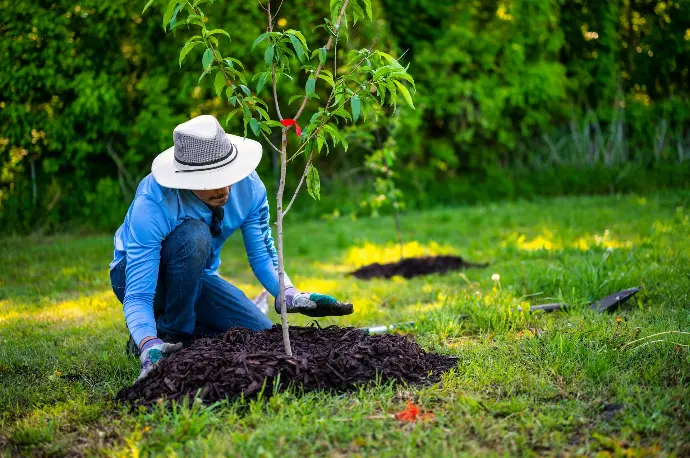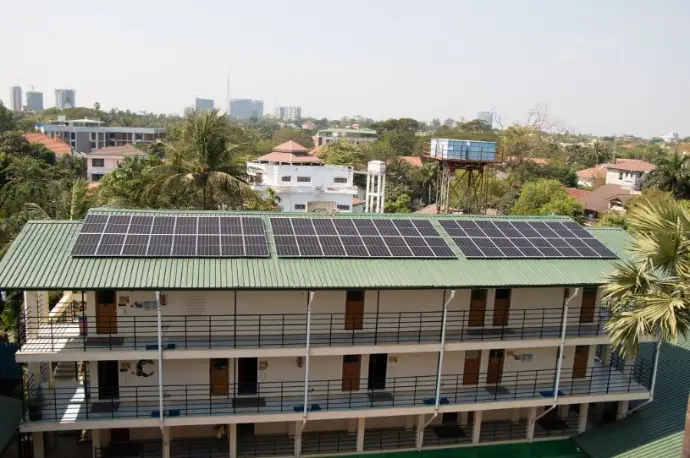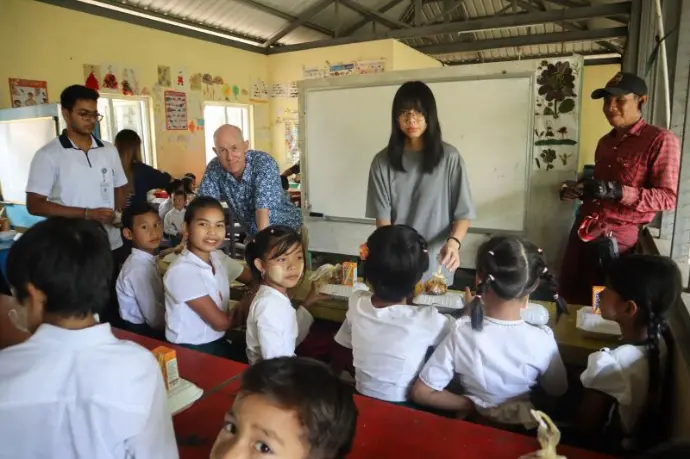What Qualifies as Sustainable Development Funding?
Individual schools are responsible for making their own decisions as to what qualifies as an expense within their sustainable development fund of 0.7%. To help guide your funding allocation decisions, keep in mind a few principles.
- Projects should be clearly matched to one or more of the 17 sustainable development goals.
- Projects should have an element of student learning and engagement.
- Funding allocations should avoid passive donations that have very little or no direct school community involvement
- Sustainable projects should have sustainable long term funding.
- Avoid funding one-off projects that are person dependent.
Do
Installing solar panels to reduce reliance on non-renewable energy sources
Student Scholarship for Economic Disadvantaged Students
Starting a composting program for cafeteria waste that was student developed and managed
Avoid
Allocating a percentage of the school supplies budget because "there is a unit in grade 8 science that teaches about solar energy"
Merit based or benefit based scholarships
The project is based on one student's personal community service project and there is no long term plan on how to sustain the program.
Supporting an annual tree planting experiential learning program
Students design and maintain a school garden that grows fresh produce for the school cafeteria, teaching students about agriculture and nutrition
Students research, help install and then monitor a water filtration systems to ensure clean water access to local housing area in need
Allocating funding for experiential learning programs because "we are travelling to economically developing region"
Allocate funds to pay for the salary of the school nurse because part of his/her duties is to provide nutritional advice
The school makes a one-time donation to a global organization that promotes awareness about the importance of clean drinking water
General Advice

Institutional Support
Institutional support is the backbone of a sustainable school. This involves the commitment from school leadership, teachers, and administrative staff to integrate sustainability into the school's core values and operations. Sustainable Schools requires all member schools to develop a baseline of institutional support by embedding in the school's budget and accounting records a line item that equals 0.7% of revenue for sustainable development funding. However, institutional support doesn't stop there. Incorporating sustainability into the school's vision and mission statements reinforces the commitment at the highest level. Embedding sustainability into the curriculum can equip students with the knowledge and skills needed to incorporate sustainable practices into their daily lives. A good program looks for ways to make sustainability a collective, community wide initiative that last beyond the passion of a few individuals.

Stay Focused
Successful sustainable schools don’t try to change the world ; they focus on making a tangible difference within their own communities.
Additionally, successful sustainable schools prioritize a few well-organized, long-term projects over numerous small, one-off initiatives. This strategy ensures that each project receives the attention, resources, and support needed to be truly effective and sustainable. Long-term projects provide continuity and allow for deeper learning and greater impact, as they evolve and grow over time. This focused approach not only maximizes the benefits of each project but also helps build a culture of sustainability that is ingrained in the school's operations and ethos.

Student Involvement at All Levels
A good program will also develop student engagment in creating, deciding and implementing your sustainable programs.
Encouraging students to take the lead in sustainability programs can ensure that students are active participants and leaders. Having students involved in making choices and data based decisions is
essential for fostering a sense of ownership and responsibility. It empowers students to take initiative, think critically, and develop problem-solving skills, all of which are crucial for the success and sustainability of the programs. This hands-on experience not only enhances their understanding of sustainability but also prepares them to be informed and proactive citizens in their communities.

Curriculum Integration
Integrating sustainability into the curriculum allows students to learn about sustainable development goals and issues while also developing the skills needed to address them. This can be achieved through project-based learning, interdisciplinary lessons, and service-learning opportunities that connect classroom knowledge with real-world challenges. Schools can develop courses focused on sustainability topics or infuse these themes into existing subjects, ensuring that all students receive a comprehensive education on sustainability.

Community Partnership
Building partnerships with local businesses, non-profits, and government agencies can enhance a school's sustainability efforts. These collaborations can provide additional resources, expertise, and opportunities for students to engage in community-based projects.

Regular Celebratory Events and Communication
Celebrating achievements in sustainability can inspire and motivate the school community. Be sure to develop a few regular celebratory events that can highlight the positive impacts of the school's efforts. These celebrations should focus on the lives improved and the benefits achieved. Additionally, maintaining a strong communication strategy to regularly share these successes with the entire school community is crucial. Celebratory school communications can keep everyone informed, engaged, and proud of the collective efforts, further fostering a culture of sustainability and continuous improvement.
In a sustainable school, students graduate knowing that the metrics for success is not how much we earn but how many and deeply we postively impacted the lives of other.


